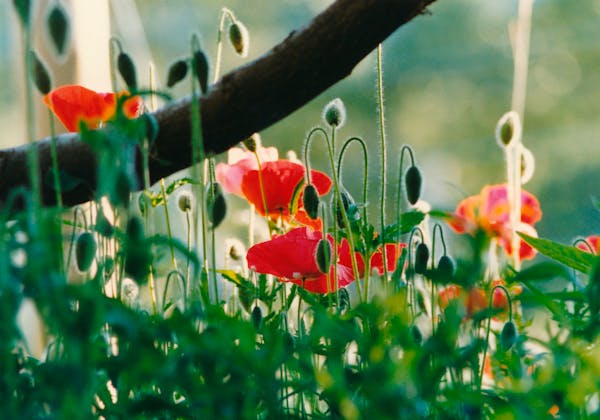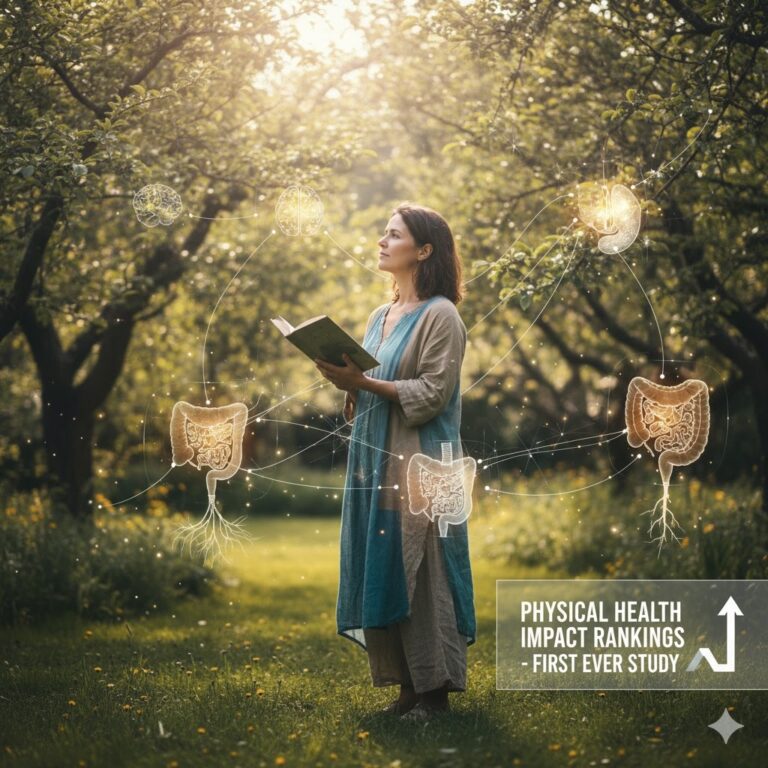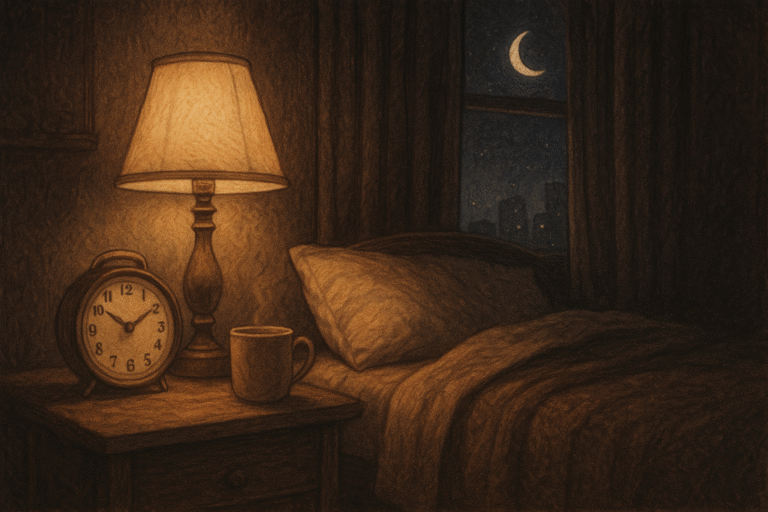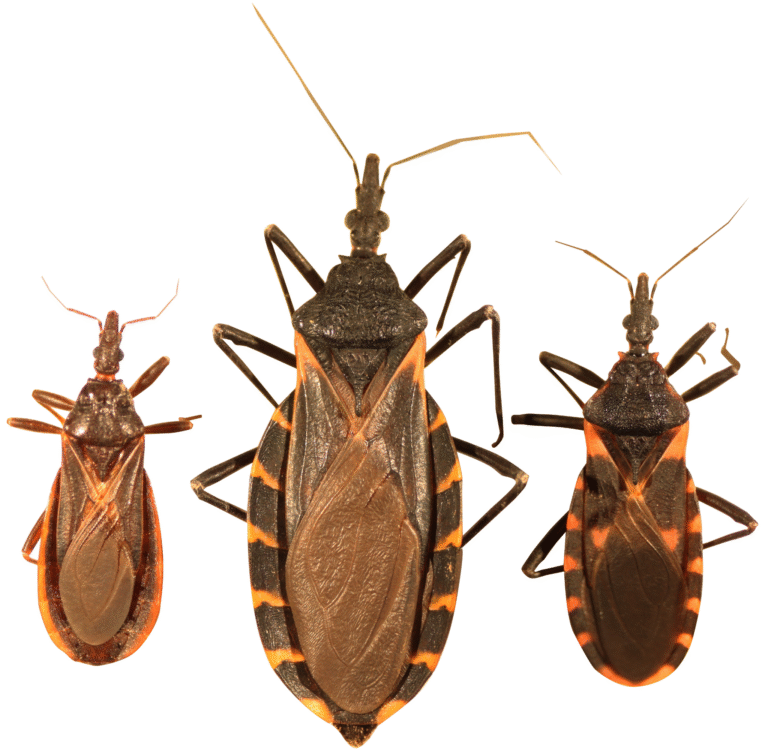While allergies can be frustrating, the good news is that they’re manageable. With a little awareness and planning, you can enjoy the beauty of the season without constantly reaching for a tissue. In this comprehensive guide, we’ll tell you about what causes spring allergies, how to check local pollen levels, and steps you can take to reduce your exposure.
Understanding Spring Allergies: What’s Behind the Symptoms?
Seasonal allergies, also known as hay fever or allergic rhinitis, occur when your immune system overreacts to airborne particles. In the spring, the most common culprit is pollen — tiny grains released by trees, grasses, and weeds as part of their natural reproductive process.
When you breathe in pollen, your body may see it as a threat and release histamines, which cause inflammation and trigger symptoms such as:
- Sneezing
- Runny or stuffy nose
- Itchy or watery eyes
- Coughing
- Post-nasal drip
- Fatigue or brain fog
Spring allergies can range from mild to severe, and symptoms can worsen depending on the pollen levels in your area.
What causes pollen allergies during the spring?
Different plants release pollen at different times of the year. In early spring, trees like oak, birch, pine, and maple are key contributors. As the season progresses into late spring and early summer, grass pollen becomes more prevalent. Common grasses like Bermuda, Timothy, and Kentucky bluegrass are notorious for triggering allergic reactions.
Weather also plays a role.
Pollen counts are higher on warm, windy days because pollen can travel more easily through the air. In contrast, rainy days usually provide relief by washing pollen from the atmosphere.
How to Check
Pollen Levels in Your Area One of the most effective ways to manage your allergies is to stay informed. Pollen counts vary daily, so checking the forecast can help you prepare accordingly.
Where to Find Pollen Forecasts: Pollen.com – Offers real-time pollen counts and allergy forecasts based on your location.
The Weather Channel – Includes a dedicated allergy tracker with daily pollen updates.
Weather apps – Many apps like AccuWeather and WeatherBug provide allergy alerts.
Local news websites often report pollen trends throughout the season.
Pollen levels are usually reported on a scale from low to high. Some forecasts also indicate the dominant type of pollen (tree, grass, or weeds), which is especially helpful if you know what you’re allergic to.
7 Practical Tips to Reduce Pollen Exposure and Allergic
Reactions Knowing how to limit your exposure to allergens can make all the difference in the world. Here are some tried-and-true strategies for keeping allergy symptoms at bay:
Avoid outdoor activities during peak hours
Pollen levels are typically highest in the early morning (around 5-10 a.m.) and on warm, breezy days. Stay indoors during these times, if possible. Plan outdoor exercise or gardening in the late afternoon or after a rainstorm, when pollen counts are low.
Keep your home free of allergens by keeping windows and doors closed on high-pollen days.
Use air conditioning with a HEPA filter to clean the air inside.
Avoid using fans that pull air from outside.
Vacuum and vacuum regularly using a vacuum with a HEPA filter.
Shower and change clothes after being outside
Pollen sticks to your clothes, skin, and hair. When you get home, put on clean clothes and take a quick shower to wash off any allergens you may have picked up.
Dry laundry indoors during allergy season Although the sun may be tempting to dry clothes, avoid hanging laundry outside. Pollen can settle on clothes, towels, and bedding, which brings allergens directly into your home.
Wear protective gear outdoors If you have to spend time outdoors — especially while gardening or doing yard work — consider wearing sunglasses and a hat to keep pollen out of your eyes and hair. You can also wear a face mask that is designed to filter out allergens.
Use over-the-counter allergy medications Non-prescription allergy relief options include:
Antihistamines — Reduce sneezing, runny nose, and itching (e.g., loratadine, cetirizine).
Nasal corticosteroids — Help relieve nasal inflammation and congestion (e.g., fluticasone).
Decongestants — Provide temporary relief from nasal congestion (e.g., pseudoephedrine).
Always check with your doctor or pharmacist before starting a new medication, especially if you have other medical conditions.
Consult an allergist for long-term relief If your symptoms persist or interfere with daily life, consider seeing an allergist. They can perform tests to identify your specific triggers and recommend
- Prescription medications
- Immunotherapy (allergy shots or pills)
- Lifestyle adjustments tailored to your condition
Spring Allergy Myths – Debunked! There are many misconceptions about spring allergies. Let’s clear some things up:
Myth: Allergies are only caused by flowers.
Fact: Most allergy-causing pollen comes from trees, grasses, and weeds — not colorful flowers.
Myth: You only need allergy medicine when symptoms appear.
Fact: Many medications work best when taken as a precaution before exposure.
Myth: Allergies are not serious.
Fact: If left untreated, severe allergies can lead to asthma attacks and chronic sinus infections.
FAQ:
Spring Allergies Explained
Q1: What are the most common symptoms of spring allergies?
The most common symptoms include sneezing, itchy or watery eyes, a stuffy nose, a runny nose, and postnasal drip. Some people may also experience fatigue or a mild headache.
Q2: Can I avoid pollen completely?
It is almost impossible to avoid pollen completely, especially during peak season. However, by staying indoors during high pollen hours, using an air purifier, and showering after outdoor exposure, you can significantly reduce your exposure to allergens.
Q3: How do I know if it is a cold or an allergy?
Allergy symptoms last longer and do not include a fever. Colds usually come with a sore throat and body aches, while allergies cause itching and constant sneezing. If symptoms last more than 10 days and recur at the same time each year, allergies are likely the cause.
Q4: When is allergy season at its worst?
It varies by region, but generally:
Tree pollen peaks in early to mid-spring.
Grass pollen peaks in late spring and early summer.
Grass pollen becomes more prominent in late summer and fall.
Q5: Are natural remedies effective for allergies?
Some natural remedies, such as saline nasal rinses, local honey, and some herbal teas (such as nettle), may help with mild symptoms. However, they are not a substitute for proven medical treatment. Always check with a healthcare provider before starting any alternative treatment.
Final Thoughts:
Enjoy Spring Without the Sniffles Spring doesn’t have to mean months of misery. By understanding your triggers, monitoring pollen levels, and taking steps to protect yourself, you can breathe easier and make the most of the season. Whether it’s going for a walk in the park, tending to your garden, or simply enjoying the sunshine, you can reclaim spring—one sneeze-free day at a time.







